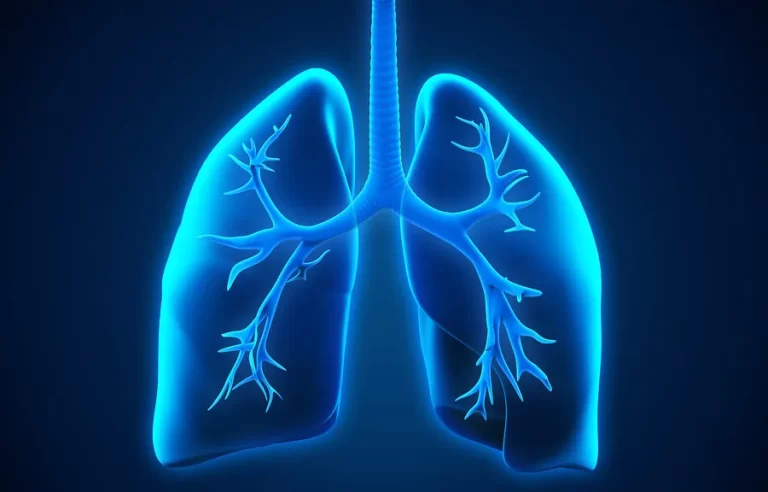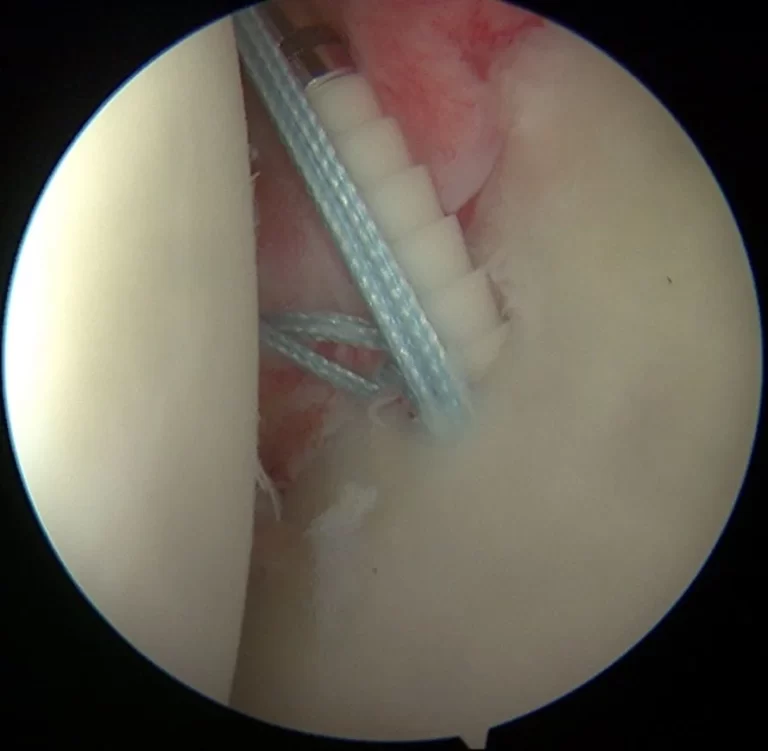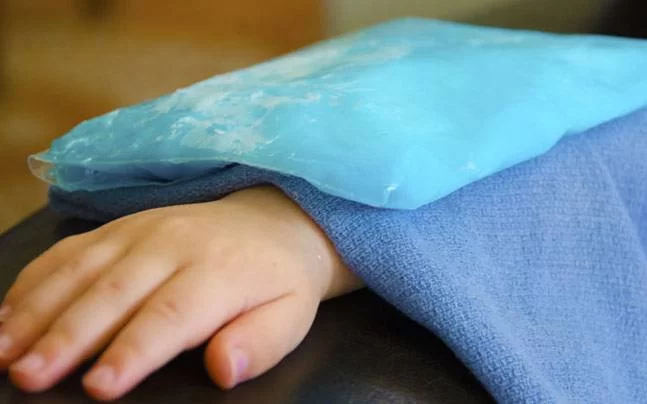What is a Physical Therapy Evaluation?
A systematic physical therapy evaluation starts with a clinical examination that includes a patient history, system review, and objective data collection. The physical therapist then communicates their findings in an evaluation, which is followed by a prescribed plan of care (POC). Remember that an evaluation cannot be completed unless the patient is thoroughly examined. Preliminary…










